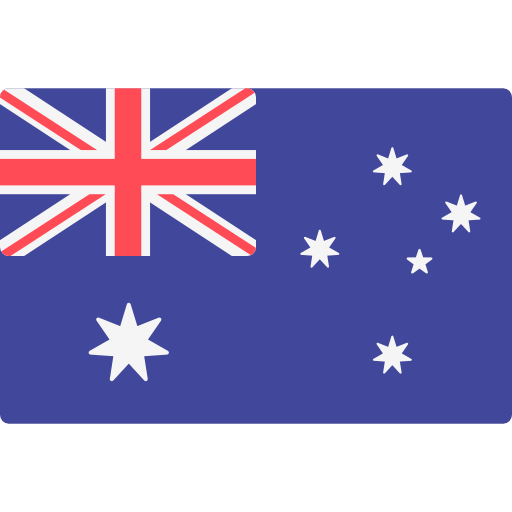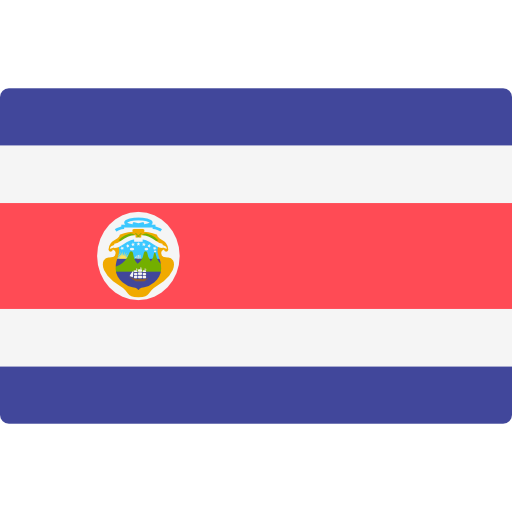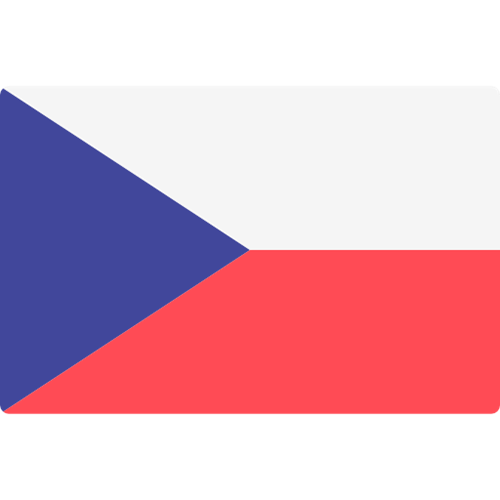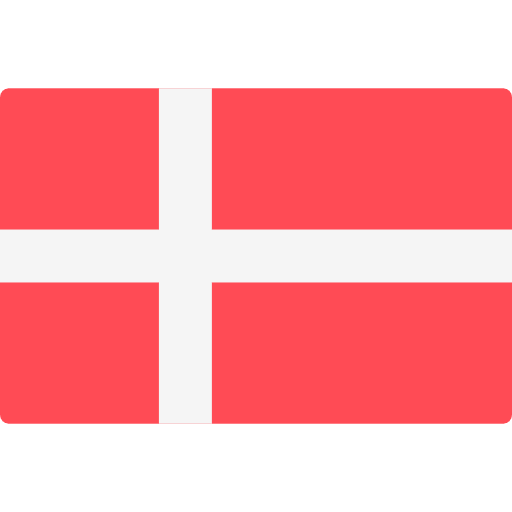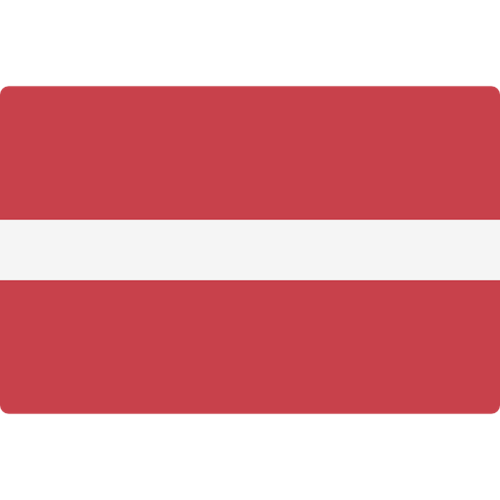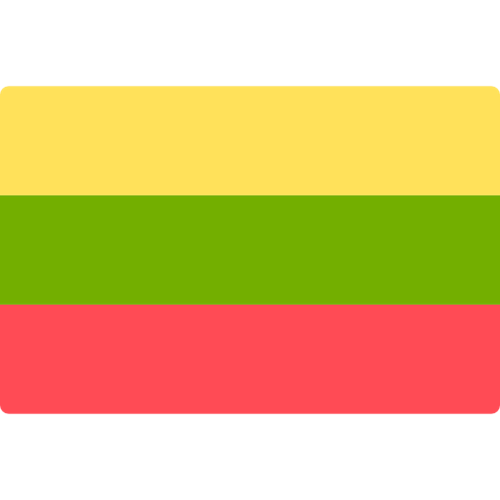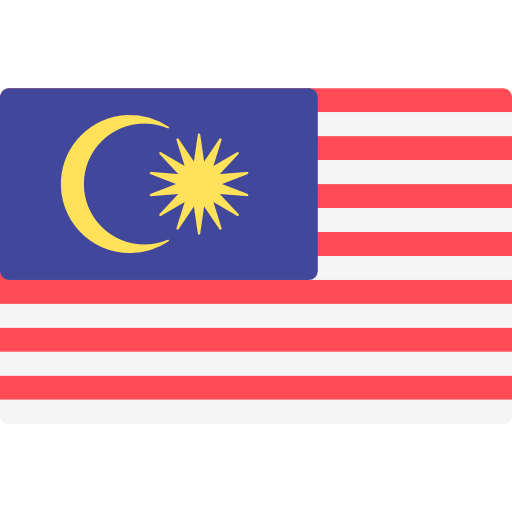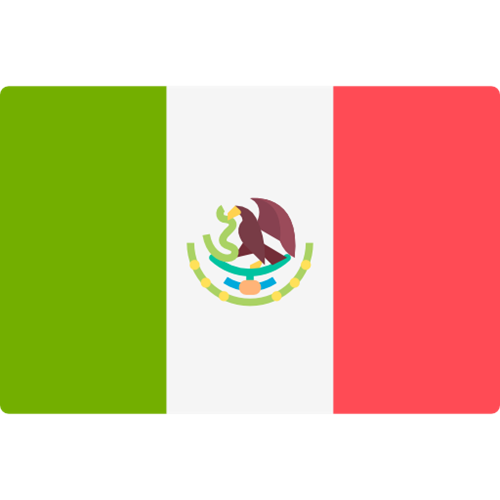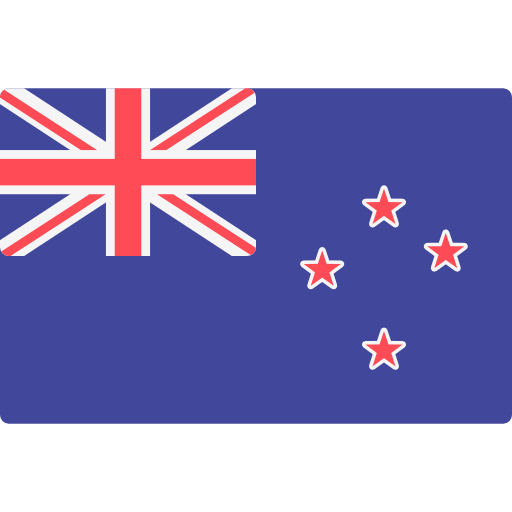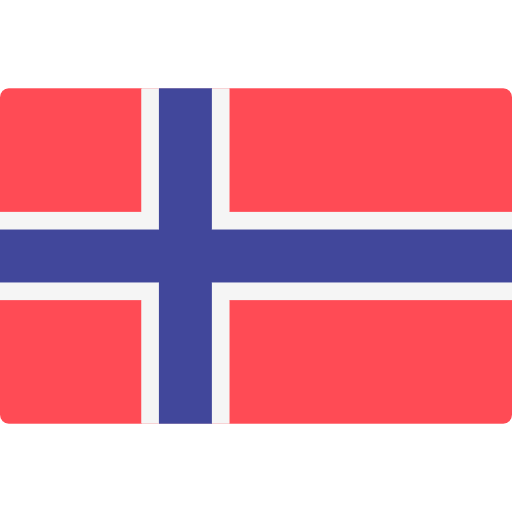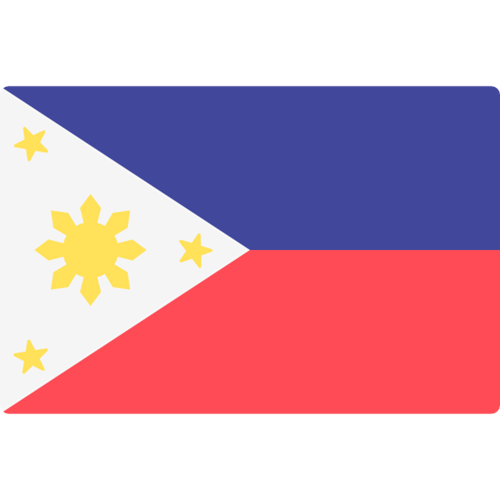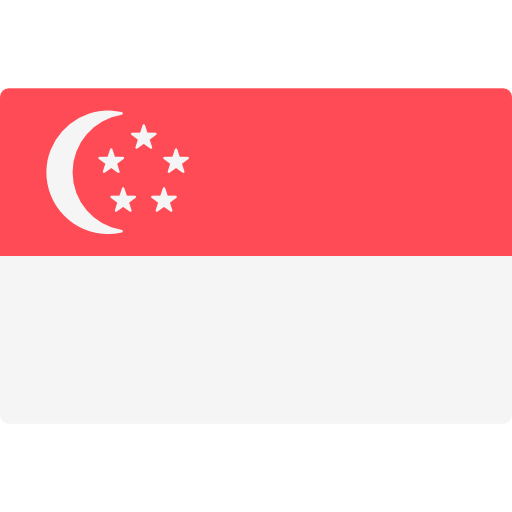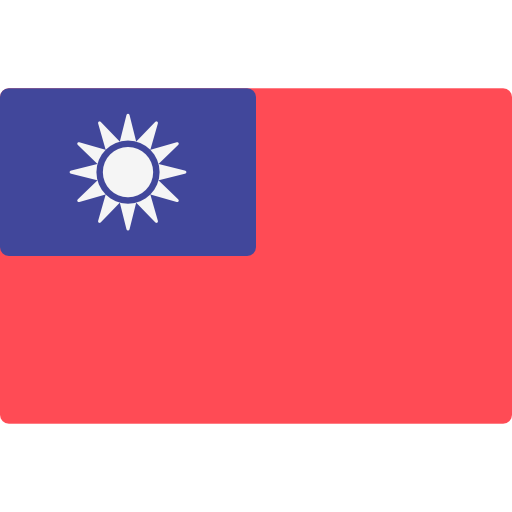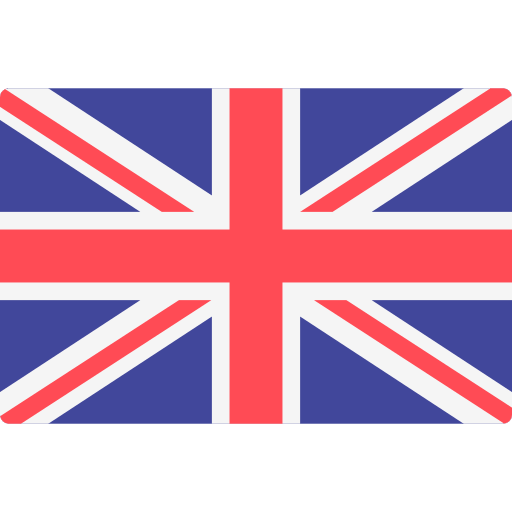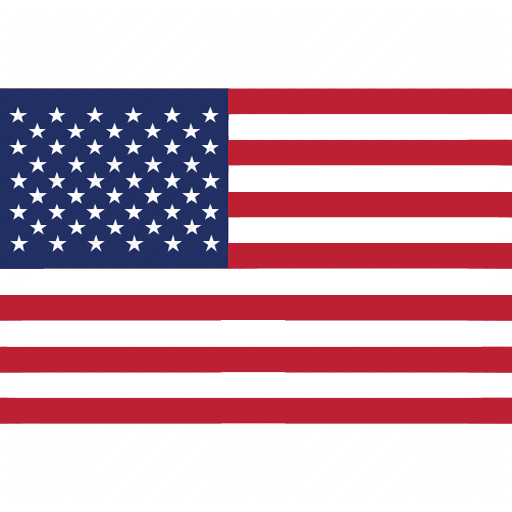Microplastics & Microfibre Testing
Your industry, our focus

Microfibre pollution is a hot topic for industry, consumers, and legislators. Microfibres are a type of microplastic less than 5mm in length shed by clothing and textiles during domestic and industrial wash cycles. These fibres pass through water treatment systems into our waterways, where they can absorb harmful chemicals before entering the food chain and drinking water. Up to 60% of new fabrics are made from plastic-derived fibres and common culprits are polyester, nylon, and acrylic. In fact, microfibres from textiles are thought to be responsible for 4% of all plastic water pollution. In order for brands, retailers, and manufacturers to reduce levels of plastic pollution from textiles − and to stay a step ahead of legislation − it is essential to understand the shedding potential of different fibres and fabrics.
At Eurofins Softlines & Leather, leveraging our technical expertise and global laboratory network, we can offer different microplastics shedding testing services.
The Microfibre Consortium test method
Eurofins, as a third-party laboratory member of The Microfibre Consortium (TMC), is able to deliver the TMC standardised test method which can reliably measure the amount of fibre fragments released from textiles during domestic laundering. This method will provide the basis for determining the scale of microfibre release as well as help in the process of finding solutions to microfibre pollution.
The Microfibre Consortium is a membership-based organisation that works with the textile industry to minimise fibre fragmentation and release. In partnership with the University of Leeds and the European Outdoor Group (EoG), they have developed the standardized test method that is also being considered by European and international standards organisations.
Read more at www.microfibreconsortium.com/.

What Eurofins can offer
We have developed innovative test methods to assess the microfibre-shedding potential of commercially-manufactured synthetic textiles such as polyester, acrylic, elastane, and nylon. The test quantifies the number of microfibres likely to be released during the laundry process for the life of a fabric or garment. This test can help you better understand the environmental impact of your products, and by identifying which fabrics and fibres are most prone to microfibre release, enable you to proactively reduce microplastic pollution through informed raw material selection and use.
For further details contact our experts on Eurofins | BLC Technical Competence Centre (UK) or Textile Testing Technical Competence Center (Spain) for any inquiries or questions that you may have.
Eurofins test method
The test identifies how much microplastic shredding an object will release into water bodies.
- Sample material is isolated then the washing process is simulated through mechanical action with relevant controls.
- After simulates domestic washing conditions we recollect the fibres shed from the sample to analyse.
- Filtering and weighted to achieve reliable results while quantifying microplastics.
- Shed material is viewed using electron microscopy and visually analysed by technicians.
- Identify and qualify the amount of microplastics released.
- Report detailing and Microscopy images.
Benefits
- Assess level of microplastics shed from garments and materials during the washing process.
- Objective is to compare levels of shedding from one product to the other.
- Objective is to compare levels of shedding with products from the competition.

Contact us for further information and to discuss your testing needs.


